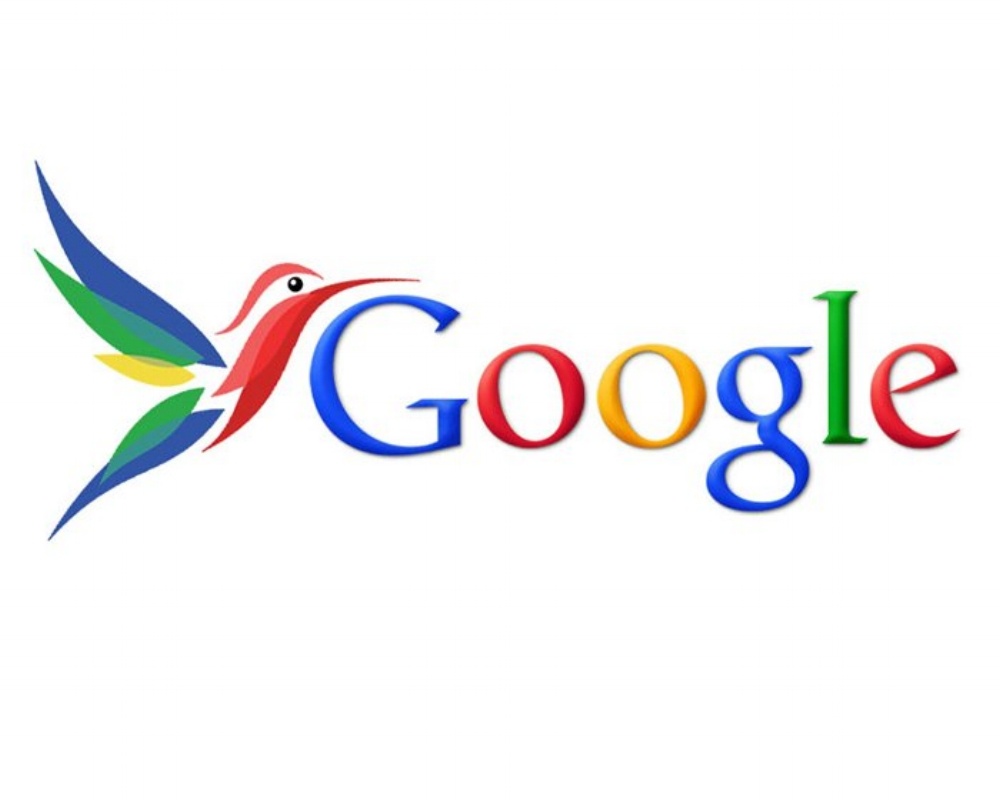
Google’s Hummingbird to Sweeten Searches
In myth and culture, hummingbirds’ iconic beaks are known to resemble instruments of weaponry, and it appears Google has declared war on outdated search with the release of the newest algorithm, Google Hummingbird.
In stealth-like fashion, Google released Hummingbird in late August/early September, and according to Amit Singhal, Google Senior VP, Hummingbird is the most substantial update since he arrived at the company in 2001.
Singing Hummingbird’s praises
Hummingbird is nothing like some of the previous, animalistic releases you may be familiar with. Panda and Penguin targeted unnatural linkbuilding tactics and useless content, leaving some of the SEO community scrambling to remove spammy backlinks and duplicate content. Those two cute animals may have shaken up the search community, but, unlike the Panda and Penguin updates, this algorithm should bring about some excitement for the community.
Hummingbird is of a nature similar to the Caffeine update of 2010. Which, if you recall, opened up search to a dimension filled with rich media content. Likewise, Hummingbird will be used to improve the search experience. In fact, Hummingbird isn’t as much of an update as it is a rewrite of the algorithm. This new algorithm comes with additional functions and features that are sure to impress users and provide a much more pleasant search experience.
Hummingbird makes search sweeter
At the core of the new algorithm is the semantic search capability. This increases the search engine’s ability to deal with complex search queries. Before Hummingbird, the search algorithm matched important keywords in a query with its index of content and presented results based on those particular keywords. Hummingbird breaks down queries word-for-word, looking deeper into the holistic meaning of each question. In turn, search results are much more relevant for searchers.
The intuitive nature of the new algorithm seeks to eliminate irrelevant search results for users. This includes the upgraded “conversational search” function. In Danny Sullivan’s Search Engine Land post, he explains that previously this technology was only used within the Knowledge Graph. Now, the search engine can adapt to a searchers natural language by understanding previous questions and their relation to future questions, as well as inferring information from how searchers formulate their sentences.
In a separate post, Sullivan goes on to show how the new conversational search pairs with the “search by voice” function that most mobile users are already familiar with. While searching by voice may not be new to you, the search engine now has the ability to read results back to you. If you haven’t tried it, this new functionality makes searching even quicker. Simply click on the microphone within the search bar to get started.
The pairing of semantic search with the Knowledge Graph has added a new level of awesome to search engine results pages (SERPs). Aside from pulling rich content from websites and information from Google Plus, Knowledge Graph now seeks to answer quick questions directly. Click any one of the below images to view a slideshow of the various ways Knowledge Graph is displaying information in the SERPs.
[gallery columns="4" ids="3948,3947,3950,3949"]
How Hummingbird impacts SEO
Google has always dedicated resources to improving search for its users, and it demands the same out of websites. Functions like Google Now (mobile app), conversational search and semantic search allow Google to deliver higher quality results. The same should be true with your SEO campaigns. The focus of the campaign should remain on improving your website(s) and delivering quality information to searchers.
Even though Google blocked all keyword data from Google Analytics, there are still many ways to assess what customers are looking for on your site. To gauge customer intent, you can look to engaging on social to find out what visitors want. You can also evaluate internal searches on your website. Pay attention to other indicators in Google Analytics, such as bounce rate. All of these options will help you better understand your website visitors.
Read more: Google “secures” search, explanation (not provided)
Is SEO dead again? No. SEO is way more than just ranking for keywords, and it is time that paradigm shift be recognized. Google Hummingbird re-emphasizes that SEO should avoid keyword-focused campaigns and instead, focus on delivering rich, quality content for searchers. Doing so is even more important now because the new algorithm is primed to deliver all of your rich content.
Here are the top ways SEO can capitalize on the new algorithm:
- Be mobile-friendly. More searchers are using mobile devices, and chances are, that they are looking for a local business. Google’s new algorithm is catering to mobile traffic, so you should be too. If you don’t have a mobile friendly website, it’s well worth the money to develop a responsive design.
- Cater to local search. Develop and maintain a Google Plus account at minimum. This information is directly brought into the Knowledge Graph. It’s also been shown that Google is favoring it’s own services in the SERPs.
- Publish rich content. Utilize rich media and aim for more than answering a quick question. Develop in-depth, quality content. Aim to inform your website visitors and answer the questions they may have.
- Stop focusing on keywords. Keywords aren’t everything. Knowing your audience and developing messaging and content for them will always yield positive results. Continue to research the language your audience uses and cater to that. Integrate that language and incorporate it into meta tags and copy.
- Focus on website interaction and engagement. This should always be a priority. What better way to improve business than focus on current website visitors? Don’t lose focus on the traffic you are already generating.
- Boost for influencers and shares via social. Social media is a win-win investment for businesses. It boosts SEO efforts, it will allow you to engage your audience and research how they talk about your business, products or services, and it will help you retain current customers. Feed your digital efforts with social.
Hummingbird is a positive development for the future of search and digital marketing. Keep the following in mind: local search is on the rise. This also indicates that verbal search is on the rise. This is due to the rise of mobile devices. Mobile traffic makes up more than 25% of our clients’ websites, and many large sites are indicating more than 50% mobile traffic. Don’t lose sight of your mobile and local searchers.
Likewise, don’t be concerned if you’re losing a small amount of traffic to Google Knowledge Graph. Instead, let Knowledge Graph take care of simple questions. Focus on creating quality, engaging, shareable, linkable content. De-emphasize keywords and emphasize quality content. Focus campaigns on high-level items: bounce-rate, site architecture and messaging. That is how you will continue to win, regardless of algorithm changes.









